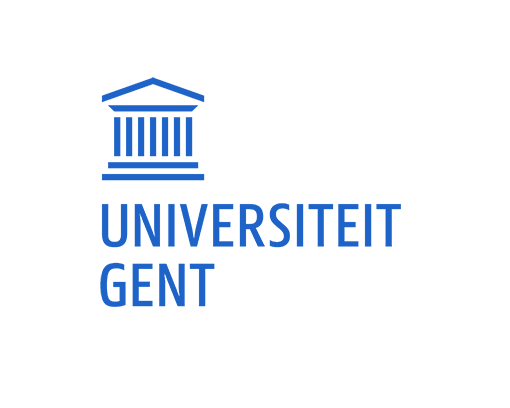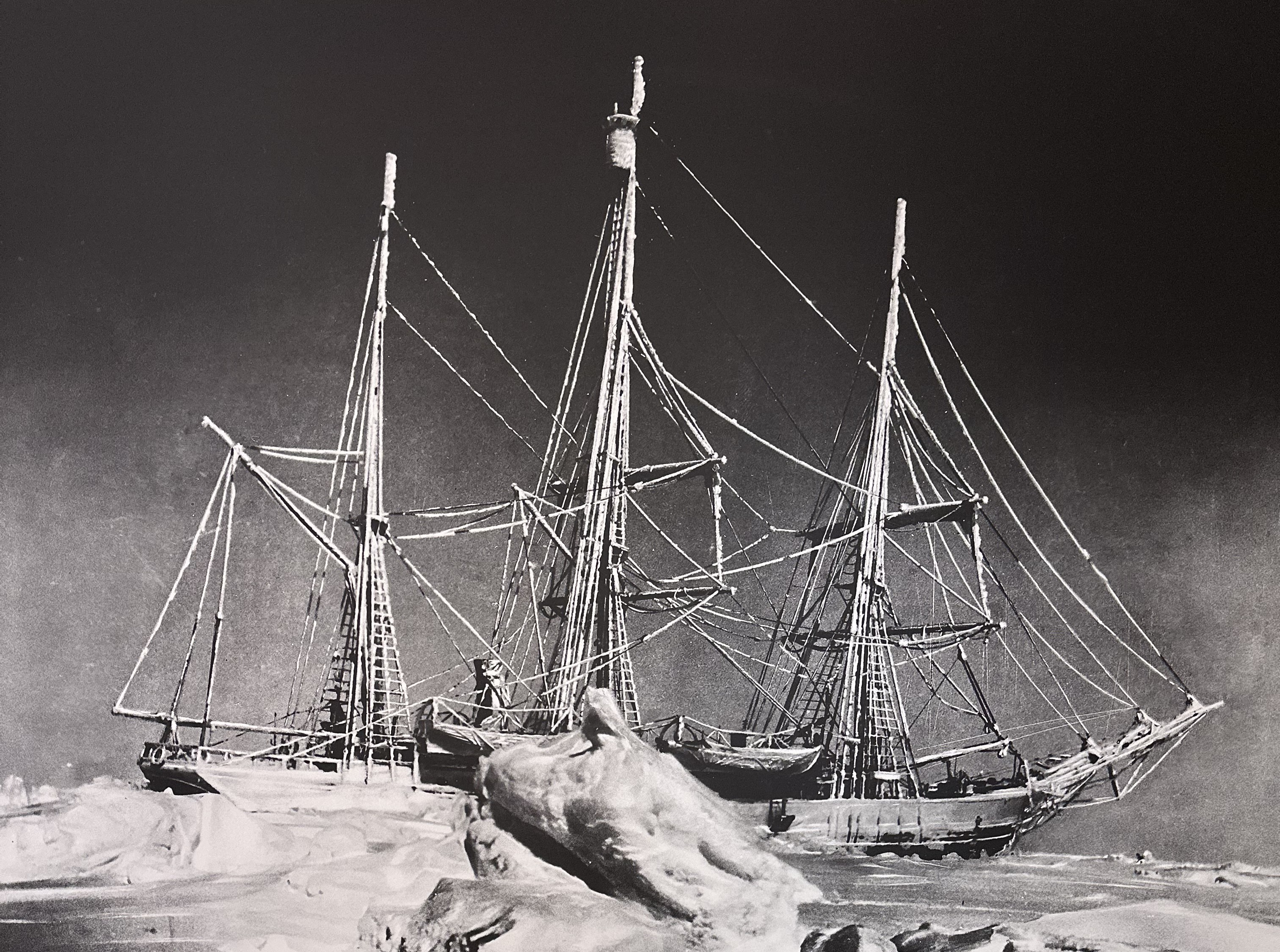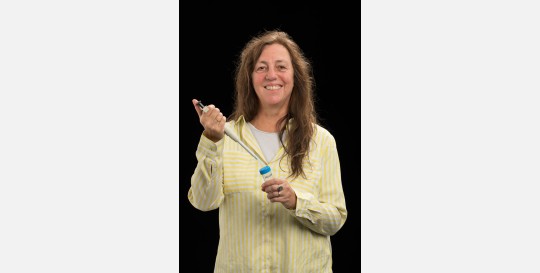HabitAnt
Completed
15.01.24 → 15.04.25
HabitAnt - Past and future habitability in Antarctic lakes: succession, colonization, extinction, and survival in glacial refugia
Terrestrial biota in the Antarctic are more globally distinct and biogeographically structured than previously believed. The effects of projected climate and environmental changes on Antarctic biodiversity are likely to cause biotic homogenization between regions, the extinction of certain taxa, and the spread of invasive species. HabitAnt aims at studying past, present and future habitability of lakes and their catchments in coastal East Antarctica. This will be based on the elucidation of key processes that contributed to their present-day community structure, including long-term persistence of biota in glacial refugia, extinction, colonization, diversification and biological succession in response to environmental changes during the past 130,000 years. More specifically, we aim to (1) identify the presence of local glacial refugia, (2) infer the recent evolutionary history of selected key Antarctic biota in different functional and taxonomic groups, (3) assess species assembly and biological succession in newly formed lakes after deglaciation and their response to climate warming, and (4) use this paleoecological information, in combination with existing inventories of recent distribution data, to predict the response of these communities to future climate changes. Our studies will be based on proxy analyses, including fossil DNA, pigments and fossils, in lake sediment cores from three regions in Continental Antarctica with a contrasting deglaciation history. In addition, phylogenetic molecular clock analyses of selected cyanobacteria, protists and invertebrates will be used to infer their evolutionary dynamics and histories.
Funding
Belspo, BRAIN program, project number B2/212/P1/HabitAnt
Partners


External members
- Elie Verleyen (Project coordinator) (UGent, Department of Biology, Protistology & Aquatic Ecology)
- Wim Vyverman (UGent, Department of Biology, Protistology & Aquatic Ecology)
- Annick Wilmotte (ULiège, Department of Life Sciences, InBios)
- Bjorn Tytgat (UGent, Department of Biology, Protistology & Aquatic Ecology)
- Marina Buffoli (UGent, Department of Biology, Protistology & Aquatic Ecology)



